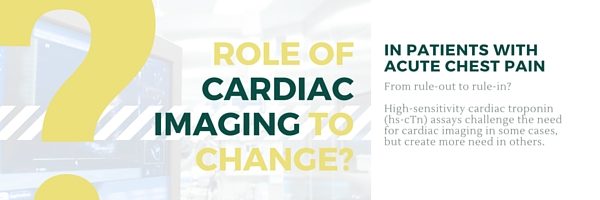Plus, get ready for high sensitivity cardiac Troponin assays in practice.
Laboratory medicine experts discovered a new lipid biomarker panel to detect heart failure with reduced ejection fraction (HFrEF) even before symptoms present, with "much greater certainty than standard tests for this condition," according to a January 5 press release from the American Association for Clinical Chemistry (AACC).
The January issue of the AACC's journal, Clinical Chemistry focuses on cardiovascular disease and features research reflecting a "growing understanding of the molecular signatures of heart disease," according to the press release, and a trend towards developing "more precise tests for the early diagnosis, monitoring, and targeted treatment."
The study in question identified three new cardiac lipid biomarkers, a cardiac lipid panel (CLP), which "significantly improved diagnostic performance" when combined with the current standard biomarker approach for diagnosing heart failure, NT-proBNP.
Continue reading AACC scientists identify new cardiac biomarker



